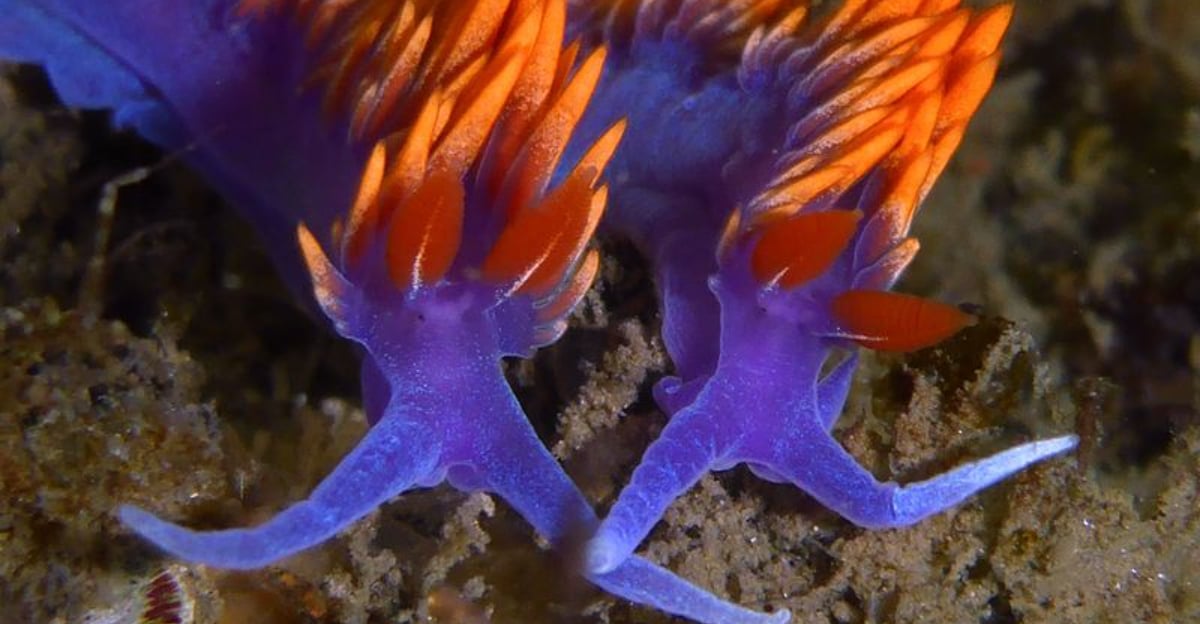There’s nothing I enjoy more than exploring Oregon’s rocky shores when the tide rolls back, revealing a hidden world beneath the waves.
This twice-daily event unveils a coastal landscape filled with strange and stunning creatures. The exposed tide pools act as windows to a blue wilderness, where survival demands incredible skills and clever tricks.
So, slip on your rubber boots—let me introduce you to the fascinating coastal residents that make Oregon’s intertidal zone truly magical.
1. Sticky Little Architects: Barnacles
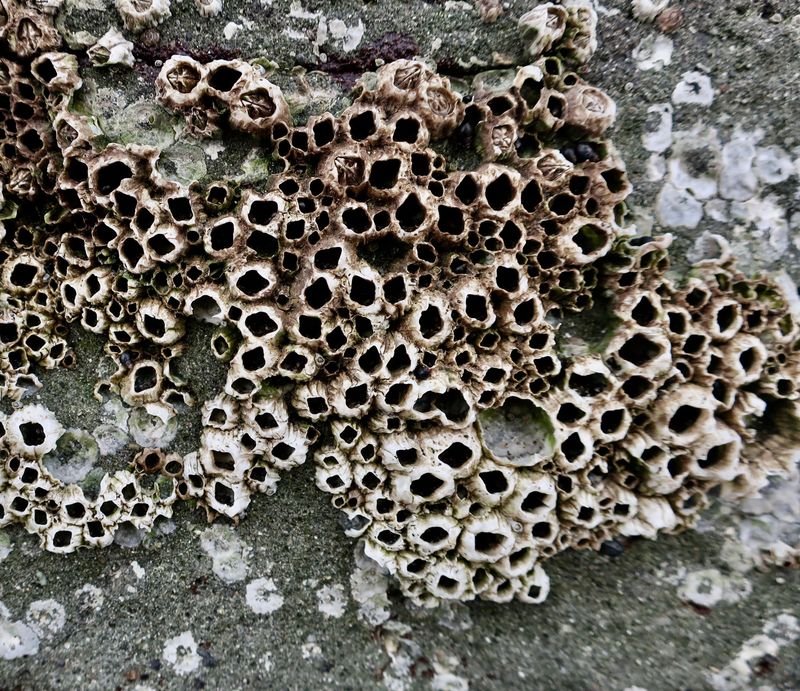
Barnacles might look like tiny volcanos glued to rocks, but these creatures are actually crustaceans—cousins to crabs and lobsters! Their superpower? The strongest natural glue on Earth that keeps them anchored through crashing waves.
As larvae, they swim freely until finding the perfect spot to call home. Then they cement their heads down and build limestone castles around their bodies. I once spent an hour watching their feathery legs sweep through the water, filtering tiny food particles like miniature underwater nets.
2. Armored Wanderers: Chitons
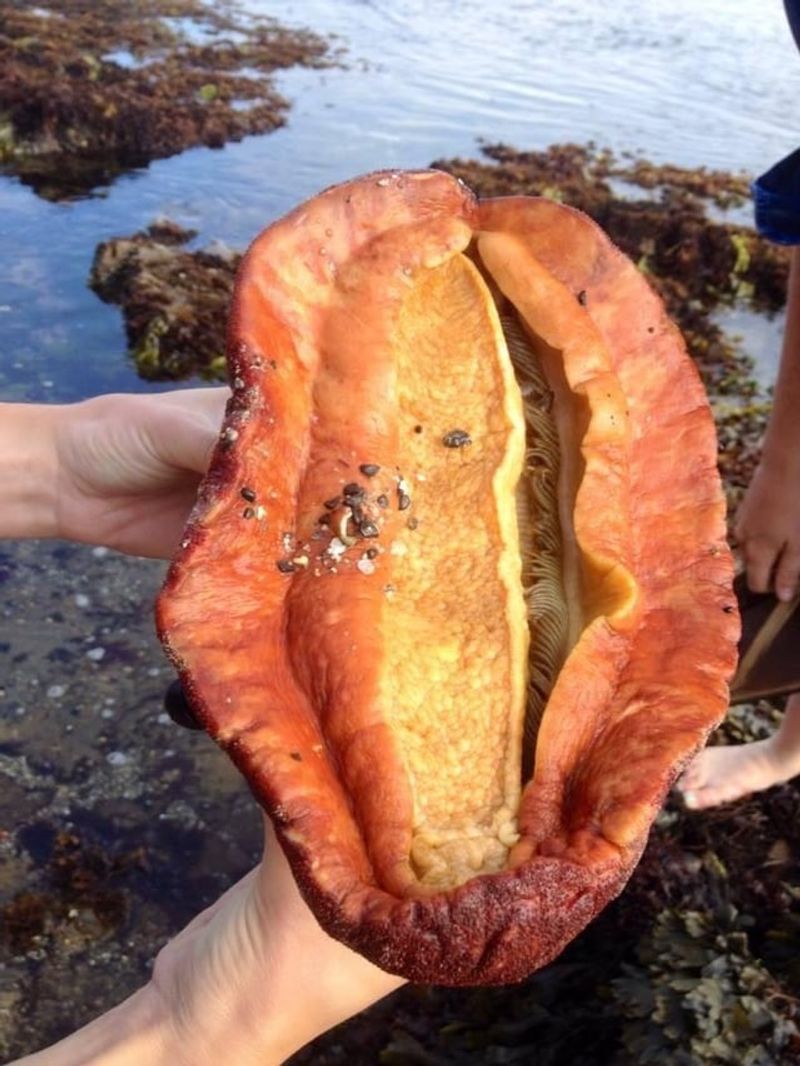
My first encounter with a chiton left me awestruck—this prehistoric-looking mollusk has eight overlapping armor plates that flex as it inches along rocky surfaces. Running your finger gently across its back feels like touching a living fossil.
Chitons are the tanks of tide pools, using their muscular foot to grip tightly when waves crash. Their mouth contains a ribbon-like tongue covered in tiny teeth made of magnetite—the same mineral in compasses! This specialized equipment lets them scrape algae from rocks with incredible precision.
Some Oregon species grow as large as your palm, while others remain button-sized. At night, they become more active, slowly patrolling their territory for food while most tide pool visitors are fast asleep.
3. Psychedelic Sea Slugs: Nudibranchs
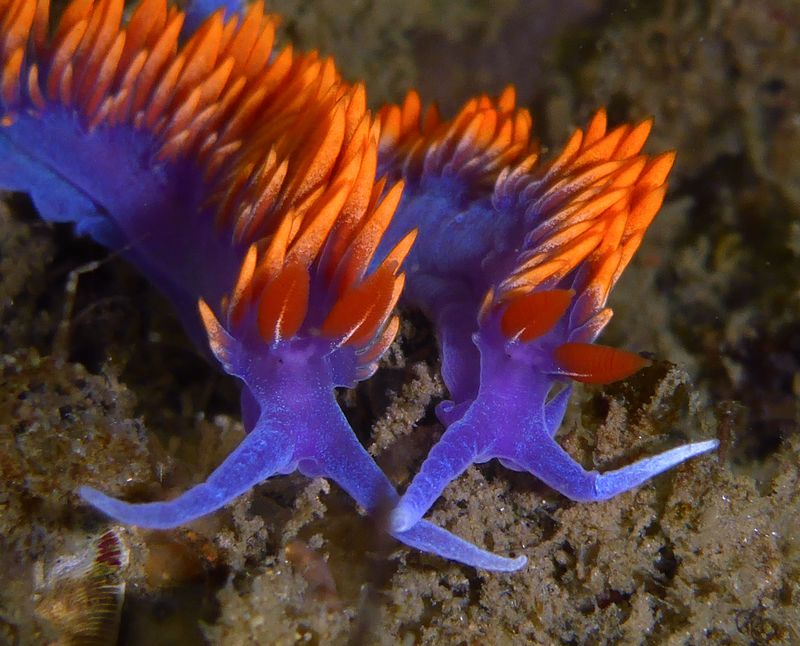
Nudibranchs are the rock stars of tide pools—vibrant sea slugs dressed in neon colors that would make any 80s fashion designer jealous. Orange-tipped nudibranchs, tiny as a fingernail, have delicate patterns more detailed than most things people can make.
These shell-less mollusks breathe through feathery gills on their backs (that’s what “nudibranch” means—naked gills). Their wild colors aren’t just for show; they’re warnings to predators about their toxic defenses. Some species even steal stinging cells from their prey and repurpose them for protection!
Oregon’s waters host dozens of species, each with unique patterns that make spotting them feel like finding living jewels among the rocks.
4. Masters of Disguise: Sculpins
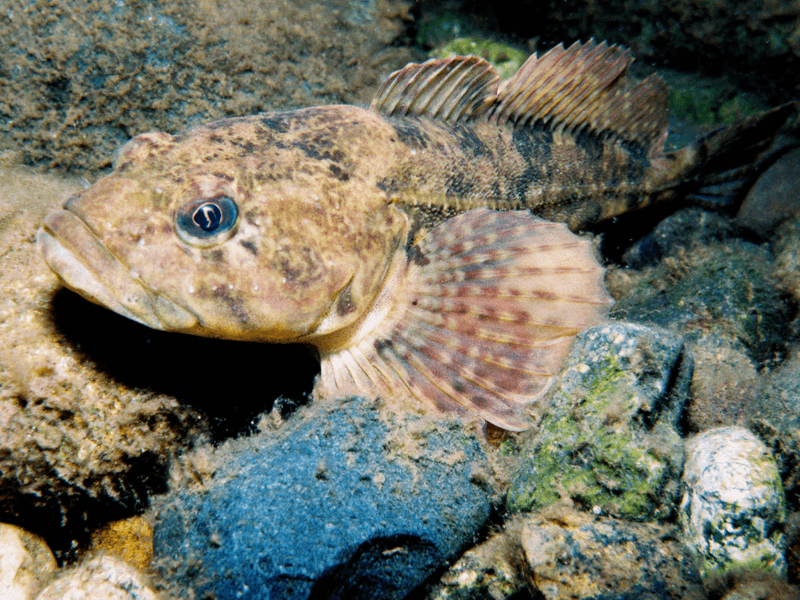
Blink and you’ll miss them! Sculpins are the chameleons of Oregon tide pools, changing color to match their surroundings with uncanny precision. These bottom-dwelling fish have oversized heads, fan-like pectoral fins, and expressions that always look slightly grumpy.
During a recent tide-pooling adventure, I watched a tidepool sculpin vanish against speckled sand, then reappear when it darted to a new spot. Their camouflage isn’t their only trick—they lack swim bladders (the buoyancy organs most fish have), allowing them to sit still on the seafloor without floating up.
Some species fiercely guard their egg masses, with males fanning water over the developing eggs until they hatch.
5. Living Sand Dollars: Nature’s Coins
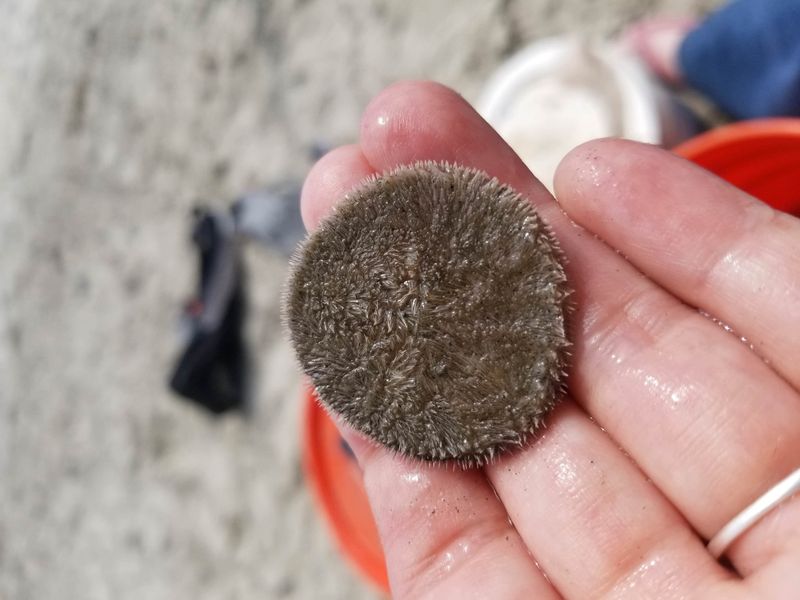
The white, coin-shaped sand dollars we collect on beaches are actually just skeletons! Living sand dollars are covered in thousands of tiny purple spines that move continuously like a field of wheat in the wind. The first time I held a live one in my palm, the gentle tickle of its moving spines gave me goosebumps.
These flat sea urchins plow through sandy bottoms using their spines as both transportation and feeding tools. The five-pointed star pattern on their surface isn’t just decoration—it’s a complex water-filtering system called a petaloid.
Sand dollars stand on edge, partially buried in sand at the tide’s lowest reaches. Their unique shape helps them resist being washed away when waves rush over the sandy flats they call home.
